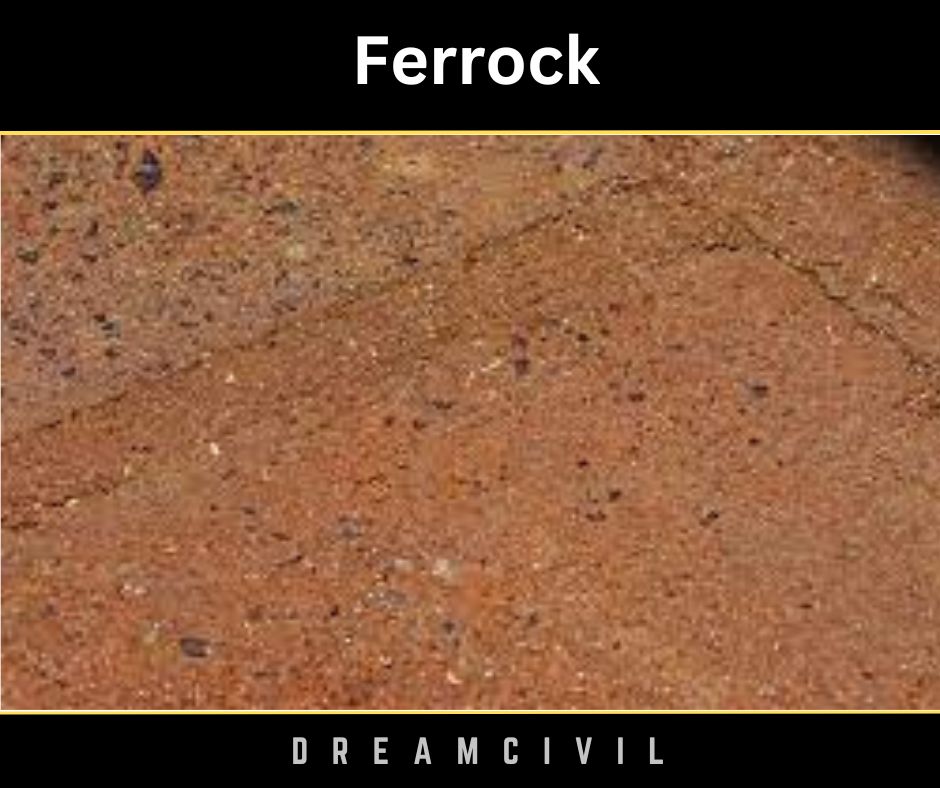Table of Contents
Ferrock in Construction may be defined as an environmentally friendly construction material utilized as a cement substitute.
It is made especially from recycled products such as waste steel dust and silica from ground-up glass. When steel dust interacts with carbon dioxide, it forms iron carbonate which then transforms into Ferrock after it solidifies.
To solidify a material, steel dust and silica are combined with ferrous rock and water and then exposed to a high concentration of carbon dioxide.
The strength of Ferrock is five times that of concrete produced from ordinary Portland cement. It is also more flexible and can resist more significant compression stresses due to seismic forces than conventional concrete.
1. Components
a. Iron-rich ferrous rock
b. Waste steel dust
c. Silica from ground-up glass
2. Characteristics
a. The strength of Ferrock is five times the concrete strength. It is generally between 34.5 Mpa to 48 Mpa, and some Ferrock tests achieved 69 Mpa.
b. It has greater flexibility than conventional concrete. That is why it maintains movement and pressure without cracking.
c. It controls more compression load generated by seismic forces when compared with concrete.
d. It sets fastly and needs around a week to reach ultimate strength.
3. Applications of Ferrock in Construction
a. This material is appropriate for use in slabs, bricks, sidewalks, pavers, breakwaters, and walls.
b. It is suggested to implement it in pilot projects within marine environments.

4. Advantages Ferrock in Construction
a. Around 95% of Ferrock constituents are recycled materials.
b. Unlike cement made from chalk and clay, it absorbs carbon dioxide during production.
c. It is suitable for marine-based projects because it is relatively chemically inactive. Additionally, marine salt increases the strength of Ferrock.
d. It is economical for small projects.
e. It is resistant to oxidation, ultraviolet radiation, corrosion, chemicals, rotting, and rust, making it an excellent material for constructing pipes and tubes.

5. Disadvantages Ferrock in Construction
a. It becomes uneconomical for large projects like roads and highways because the supply of materials required to produce Ferrock is limited.
b. Ferrock is produced of silica and waste steel dust, which are the essential ingredients. However, if it achieves popularity as a construction material, the cost of these components may rise, creating its production more expensive.
6. References1. Content Filter & Authenticity Checking Team, Dream Civil International (Our team checks every content & detail to maintain quality.) |
Read Also: Concrete Cutting Machine

